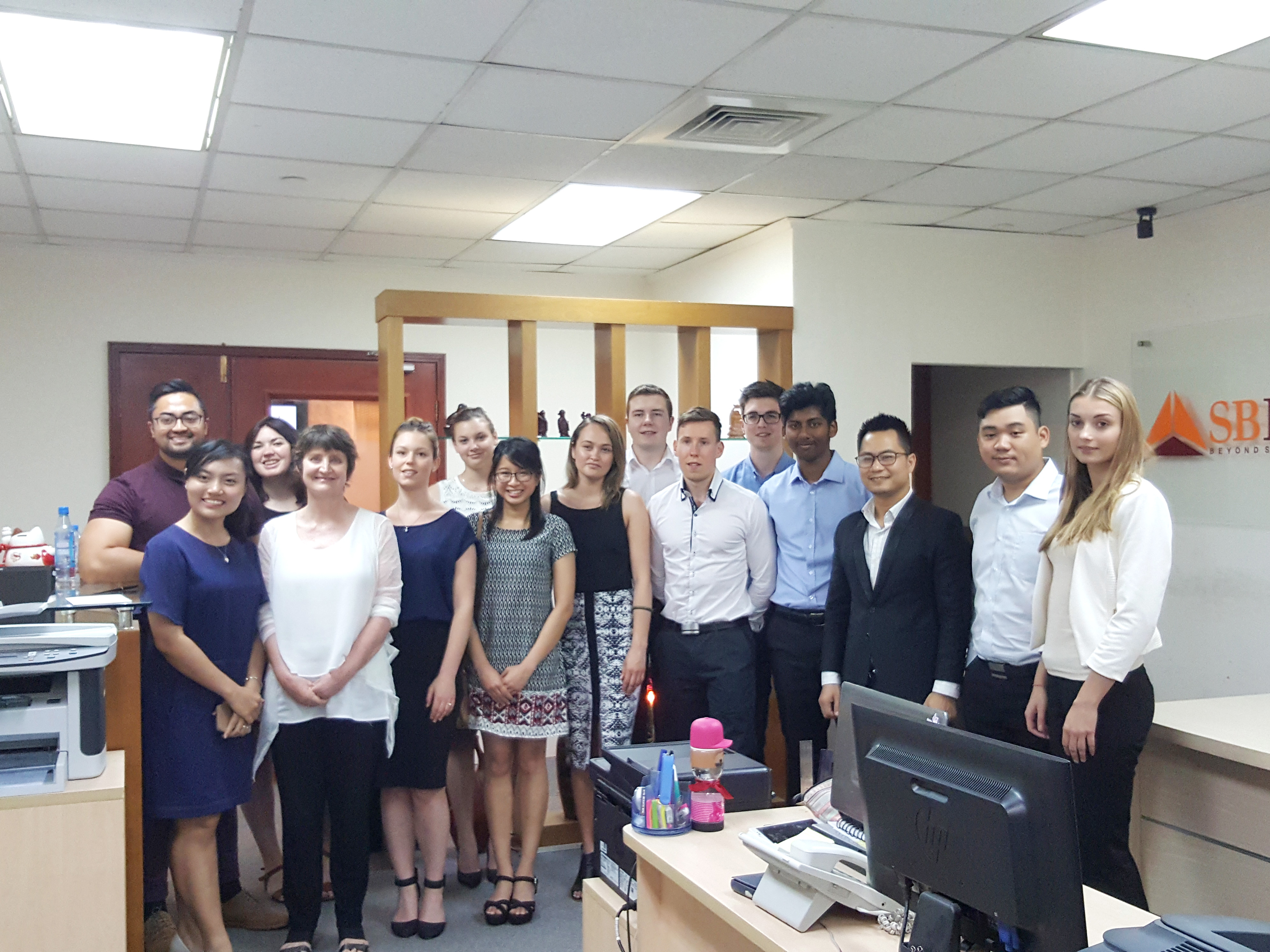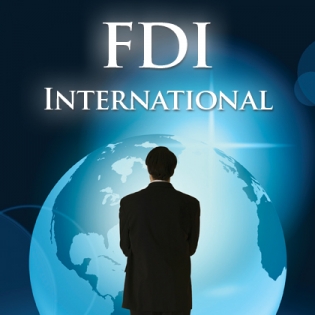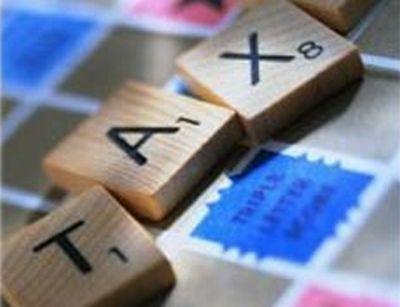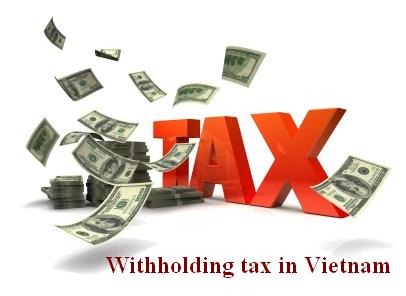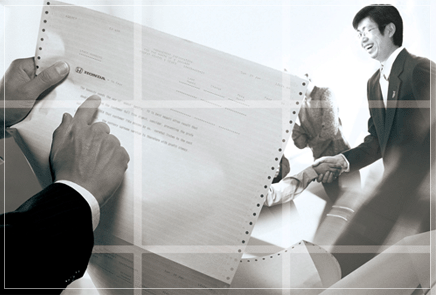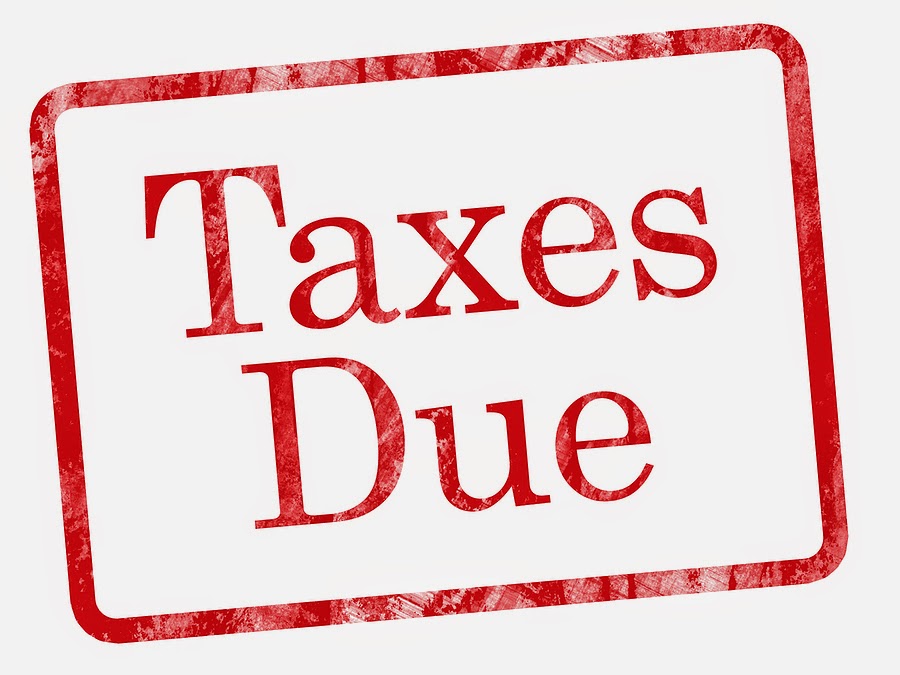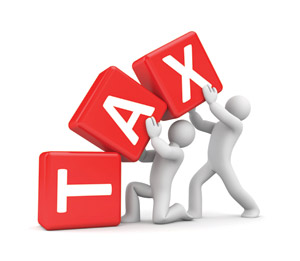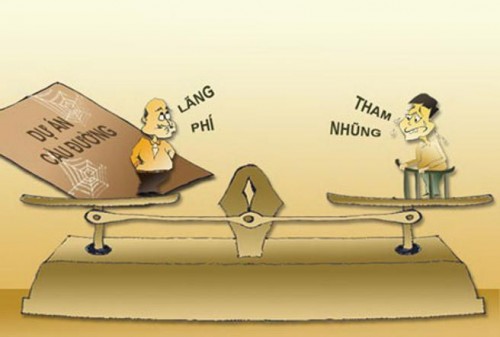We would like to provide you with some information about VAT in Vietnam as follows:
Scope of application
Value-added tax (’VAT’) applies to goods and services used for production, trading and consumption in Vietnam (including goods and services purchased from abroad). In each case the business must charge VAT on the value of goods or services supplied.
VAT payable is calculated as the output VAT charged to customers less the input VAT suffered on purchases of goods and services.
For input VAT to be creditable, the taxpayer must obtain a proper VAT invoice from the supplier. Entities in Vietnam can use pre-printed invoices, self-printed invoices or electronic invoices. The VAT invoice template must contain certain required items and must be registered with the local tax authorities.
There are stipulated categories of VAT exemptions:
• Certain agricultural products;
• Imported leased drilling rigs, aeroplanes and ships of a type which cannot be produced in Vietnam;
• Transfer of land use rights;
• Financial derivatives and credit services; certain insurance services (including life and non-commercial insurance);
• Various securities activities including fund management;
• Capital assignment;
• Foreign currency trading;
• Debt factoring;
• Certain insurance services (including life insurance, health insurance, agricultural insurance and reinsurance);
• Medical services;
• Teaching and training;
• Printing and publishing of newspapers, magazines, and certain types of books;
• Certain cultural, artistic, sport services/products;
• Passenger transport by public buses;
• Transfer of technology and software services, except exported software which is entitled to 0% rate;
• Gold imported in pieces which have not been processed into jewellery;
• Exported unprocessed mineral products such as crude oil, rock, sand, rare soil, rare stones, etc;
• Imports of machinery, equipment and special means of transport which are directly for use in technology research and development activities and which cannot be made in Vietnam;
• Equipment, machinery, spare parts, specialised means of transportation and necessary materials used for prospecting, exploration and development of oil and gas fields (which cannot be produced in Vietnam); and
• Goods imported in the following cases: international non-refundable aid, including from Official Development Aid, foreign donations to government bodies and to individuals (subject to limitations).
Rates of tax
There are three VAT rates, as shown in the table below.
When a supply cannot be readily classified based on the tax tariff, VAT must be calculated based on the highest rate applicable for the particular range of goods which the business supplies.
Imported goods
In addition, VAT is levied on imported goods.
VAT is calculated on the import dutiable price plus import duty plus special sales tax (if applicable). The importer must pay VAT to Customs at the same time that they pay import duties.
Exported services
Services rendered to foreign companies, including companies in non-tariff areas, will be subject to 0% VAT if the following conditions are met:
• The foreign company has no permanent establishment (’PE’) in Vietnam (PE is not defined in the VAT regulations and the definition under the domestic CIT regulations will apply in this respect).
• The foreign company is not a VAT payer in Vietnam.
Various supporting documents are required in order to apply 0% VAT to exported goods and services, e.g., contracts, evidence of payment via bank transfer, customs declaration (for exported goods only) and in respect of exported services, a confirmation by the foreign customer that it does not have a PE and is not a VAT payer in Vietnam.
Goods or services not subject to VAT
This is a new category introduced in 2012. For these supplies, no output VAT has to be charged, but input VAT paid on related purchases can be credited. These supplies include:
• Goods or services provided outside Vietnam (including between two Vietnamese taxpayers), except for certain international transportation activities;
• Compensation, bonus, subsidies, transfers of emission rights, and other financial revenues;
• Certain services rendered outside of Vietnam by a foreign organization which does not have a PE in Vietnam, including repairs to means of transport, machinery or equipment; advertising, marketing, promotion of investment and trade; brokerage activities; training; certain international telecommunication services;
• Capital contributions in kind;
• Certain asset transfers between a parent company and its subsidiaries, or between subsidiaries of the same parent company;
• Collection of compensation/indemnities by insurance companies from third parties;
• Collections on behalf of other parties which are not involved in the provision of goods/services (e.g. if company A purchases goods/services from company B, but pays to company C and subsequently company C pays to company B, then the payment from company C to company B is not subject to VAT);
• Commissions earned by (i) agents selling services, including postal, telecommunications, lottery, airlines/bus/ship/train tickets, at prices determined by principals; and (ii) agents for international transportation, airlines and shipping services entitled to 0% VAT; and (iii) insurance agents;
• Commissions from the sale of goods/services not subject to VAT.
Input VAT credits
Input VAT credits can be claimed in the month in which the invoice is issued. For imports, input VAT credits are based on the date of payment to the Customs office. Input VAT credits can be declared and claimed within 6 months from the month in which they arise.
If a business sells exempt goods or services, it cannot recover any input VAT paid on its purchases.
This contrast with the application of 0% VAT or not subject to VAT, where the sales are within the VAT system, and hence input VAT can be recovered.
Where a business generates both VATable and exempt sales, it can only claim an input VAT credit for the portion of inputs used in the VATable activity.
Administration
All organisations and individuals producing or trading in VATable goods and services in Vietnam must register for VAT. In certain cases, branches of an enterprise must register separately and declare VAT on their own activities.
Taxpayers must file VAT returns monthly, by the 20th day of the following month.
Taxpayers paying tax under the deduction method are not required to lodge an annual VAT finalisation or reconciliation.
| Tax rates (%) | Activity |
| 0 | This rate applies to exported goods including goods sold to enterprises without permanent establishments in Vietnam (including companies in non-tariff zones), goods processed for export, goods sold to duty free shops, exported services, construction and installation carried out abroad or for export processing enterprises, aviation, marine and international transportation services/export goods & services/construction or installation for Export Processing Enterprise’s Fixed Assets.. |
| 5 | This rate applies generally to areas of the economy concerned with the provision of essential goods and services. This includes:• clean water;• fertiliser production;• teaching aids; • certain books; • foodstuffs; • medicine and medical equipment; • husbandry feed; various agricultural products and services, • technical/scientific services; • rubber latex; • sugar and its by-products. |
| 10 | This ’standard’ rate applies to activities not specified as exempt, not subject to VAT or subject to the 0% or 5% rates. |





